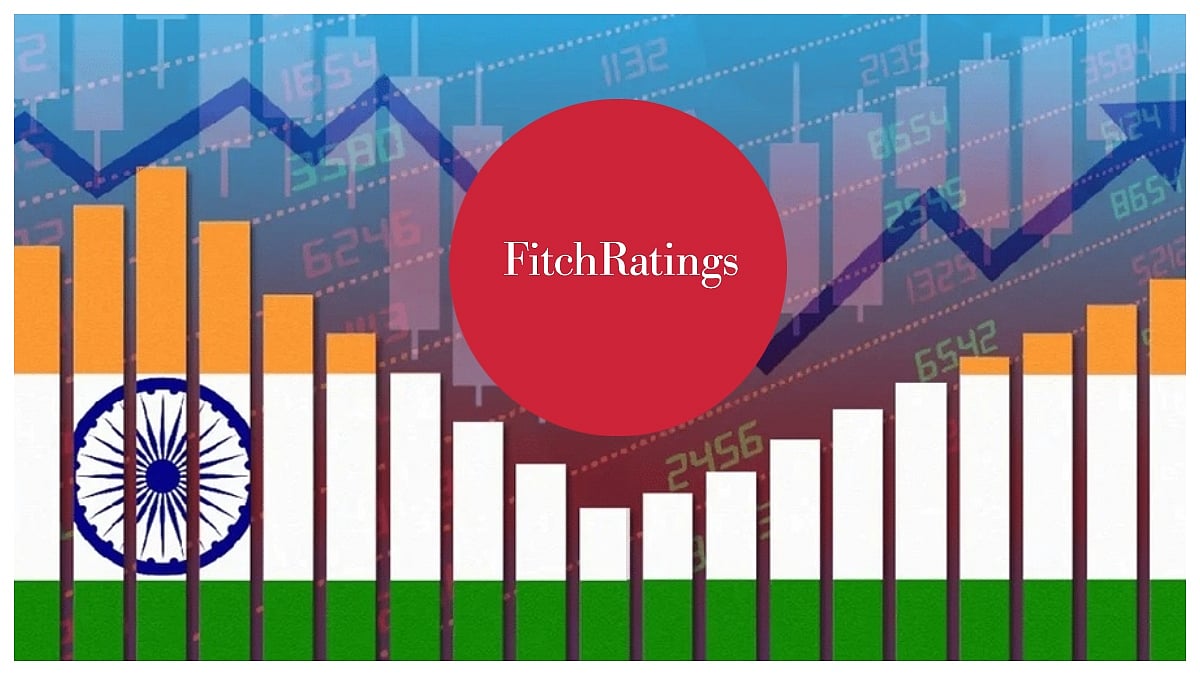Technological change in solar energy has been much faster than anyone would have anticipated. While this change helped bring down the cost of the solar tariffs drastically, it has raised doubts among many if this is the right time to invest in this energy. Commenting on these apprehensions, Tata Power - Renewables, president, Ashish Khanna, during a webinar organised by NMIMS University-FPJ in association with Tata Power, said investing in solar at any given point of time is not a delay.
Other than investments, he spoke about some fundamentals of solar and other forms of energy as a whole, at the session ‘The Future of Solar Energy’ which was moderated by Anupam Rastogi, Senior Professor, SBM, NMIMS University and R N Bhaskar, Consulting Editor, Free Press Journal. Given below are edited excerpts of the session compiled with editorial support from Jescilia K:
Energy and politics link
While power is primarily an energy provider, solar is part of the power system. For me, energy is, was and will remain politics. We have seen many wars that were fought by nations for energy. For the last two decades and even before that, there have been battles fought in the name of energy.
Even though energy is politics, there is some shift there. Today, energy has moved from a natural resource to manufactured resource. Energy has far-reaching implications. In the past, when you are born in a country that is enriched with fossil fuel, the situation was different, compared to ones who are not. Today, we manufacture equipment (read as renewables) that can work as an energy source.
Energy mix is changing
The energy mix (inclusive of oil and gas as well) is changing, the contribution of electricity will more than double from the current level of 19 per cent by 2050. By 2050, this 19 per cent will become around 49-50 per cent. Out of 49-50 per cent (of electricity), 86 per cent will be renewables. Out of 86 per cent of renewables, 66 per cent will be solar.
India’s per capita consumption is not even one-tenth of the US and one-sixth of Europe. But if you look at the projections, by 2050, India will consume more power than Europe and the United States. By 2038, India will overtake Europe. By 2050, it will consume more than the US too.
Solar story
In the last three years, India added more than 100 gigawatts (GW) of solar capacity on a year-on-year basis. It is not small. To understand this growth, one has to look at the price factor. Compared to the last decade, today the prices of solar panels have become 94 per cent cheaper. Today the same solar panel which was manufactured three years back costs half the price and produces twice the power.
While prices of fossil fuels are dominated by appreciation and depreciation of the dollar, rents, geopolitical issues and other factors, there is another form of energy, solar, which has advanced so much that costs have reduced. This is how solar is driving energy. It is the future.
In my years of experience, I have never seen any technology in the power sector or any other business change the way technology in solar energy is changing. All the estimates that are made for 2050 could be achieved much faster because the world is changing faster. Due to the COVID-19 pandemic, the adoption of technology and digitalisation will be faster.
In the residential segment, there is an option of on-grid and off-grid solutions. But in the industrial and commercial segment, solar has the potential to provide grid-connected power.
Secure energy: Solar energy
A fixed cost for a 25-year period in the case of solar energy is an added advantage. After investing in solar, the consumer will have one thing less to worry about for many years.
For homes that are in isolated areas, rooftop solar will be beneficial as their roofs can generate power for them. This way the government will not have to spend a huge amount of money to establish a grid (in such remote locations) as power requirements grow.
While the consumption in the country is around 170 GW, India has a total capacity or the potential of 749 GW. The consumption of the country, which had dropped (during COVID-19-induced lockdown), has reached 158 GW of consumption that is pre-COVID-19 levels.
Solar energy can bring assurance among farmers
In the case of agriculture, it is subsidised even though it is the backbone of our country. We subsidise power to a particular segment (read agriculture) while increasing the cost of power to another segment (read commercial entities). There is a need to have a one-time subsidy rather than having a subsidy every year.
Another area in agriculture that needs attention is the need to provide security in terms of power supply to these farmers. There is a whole new technology that allows pumping of water which is based on your needs and on free power. Every farmer in the country just needs a 3 hp motor but they have installed a 10 hp motor pump in the villages as there is uncertainty around the availability of power -- is available for three hours or ten hours. These farmers flood their field even if they receive enough power as they fear a shortage of electricity supplies. Till the time, this fear is not eliminated from their mind, we will continue to see the water table go low, which we have witnessed in the last few years. The future and technology are there, we just need to implement it (solar-enabled systems will thus bring a level of certainty among these farmers).
To invest or not to invest in solar energy
More and more investments are coming into solar energy, but that is not making it expensive. Many new products (technologies) in the solar basket will become a reality in the next four to five years.
For instance, satellites in space have been working for so long with the same solar panel. The only advantage for these satellites is that there is no night, thus, no need for storage. So, there is a technology that would enable electricity generation in space without having a need to depend on the land. However, the catch here is the transmission of electricity which is being worked on.
Every country should look at ways to invest in the power sector. However, the question is should we invest in areas we need it most, or should we create a rivalry between solar and fossil fuel? We need to invest where it matters most.
With technology changing so quickly in solar, investing at any point of time is not a delay.
We need to keep investing in R&D. If there is support from the government and the rest of the industry for R&D, then the sector will continue to grow.
Staring at future
Being Atma Nirbhar should be different from ring-fencing. To become self-reliant, we should have the technology to support that. Having said, I would like to add that we have amazing technologies with us like micro-grid, grid power, rooftops solar and others.
We are fortunate that solar energy is available in abundance in our country. It is time we use it for our benefit.
In this pandemic, we saw the migrants moving from one place to another. If there was distributed generation at the village level or if utility companies gave power to them, these migrants and others can nurture entrepreneurship in this country. We have to exploit this (solar) resource that is available (to help such talents).
In the hinterland, entrepreneurs can explore the opportunity that is available (if they have access to power). So, these entrepreneurs can generate revenues at the village level. This will largely address the migrant issue in our country. But for that to happen, India will have to invest in solar and its technology.
By 2038, the number of Electric Vehicles (EVs) will outnumber Internal Combustion Engines (ICE). In this case, you need a distributed generation of electricity. You do not need major grid power but power at your convenience. There is an abundance of sun in this country, so we just need to find a solution around storage.
Yet another technology that is being used increasingly is printing of solar cells on any surface anywhere. We have a building where we have used this system.








